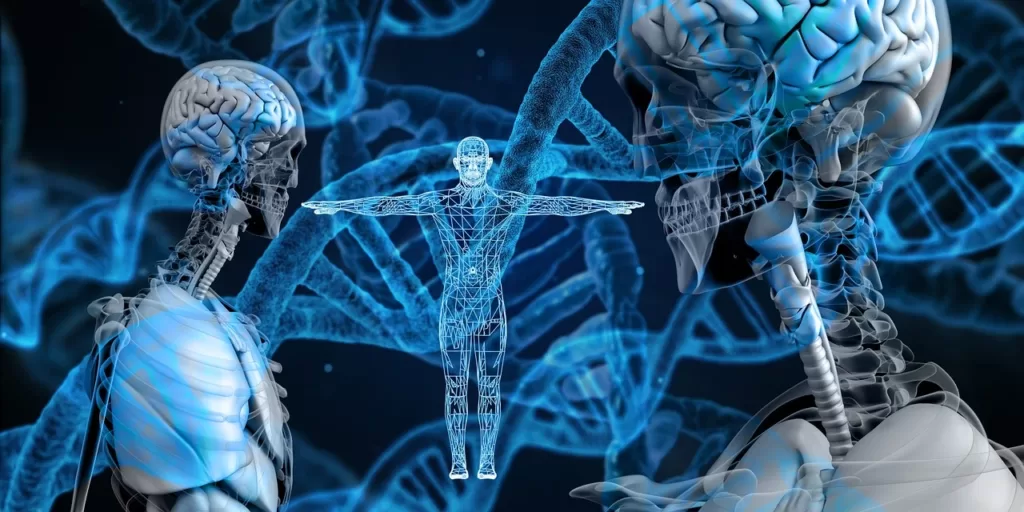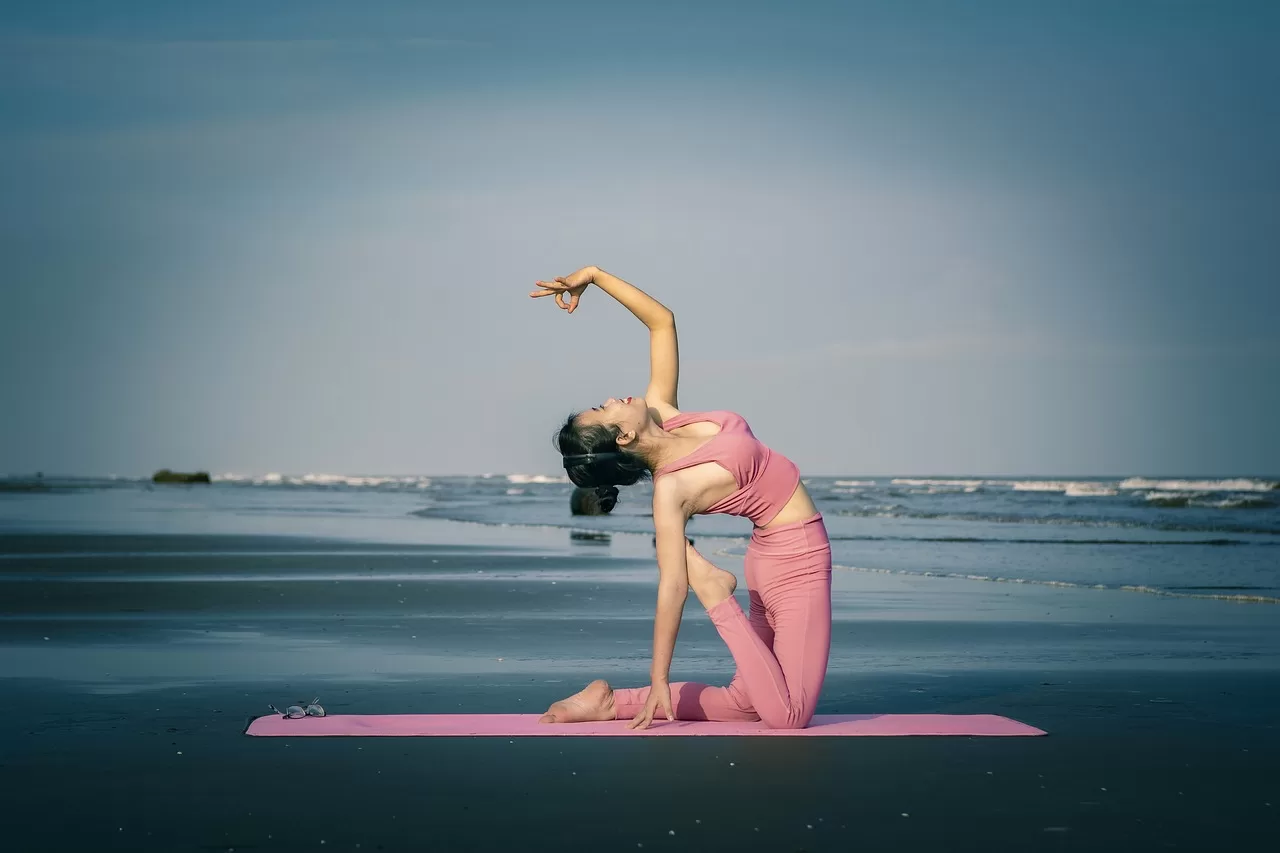Table of Contents
Introduction
Exercise and physical activity are crucial for sustaining overall health and physical fitness. Participating in sports and physical activity supports the growth and upkeep of biological systems and assists in maintaining a healthy weight. Sports and exercise regularly enhance physical function overall, muscular strength, flexibility, and cardiovascular health.
Sports and exercise also help with mental health, stress management, mood enhancement, cognitive function, and improved sleep. We may get several advantages by engaging in these activities in our everyday lives, including increased cardiovascular fitness and less stress.
Physical Benefits of Physical Activity and Exercise
Improved cardiovascular health
The heart and blood vessels are strengthened by regular exercise, which also enhances circulation and oxygen delivery, lowers the risk of heart disease, keeps cholesterol levels in a healthy range, and enhances cardiovascular function.
Weight management and improved body composition
Maintaining a healthy weight and body composition requires physical activity and exercise. Sports, aerobic activity, and strength training increase metabolic rate burn extra fat, and safeguard lean muscle mass, improving body composition and reducing the risk of obesity.
Enhanced muscular strength and endurance
Weightlifting and resistance training encourage strong, healthy bones and muscles. This increases physical performance in sports or everyday chores while guarding against age-related muscle atrophy. Exercise also improves muscle endurance, which enables people to execute jobs for longer periods without becoming exhausted and lowers their chance of developing muscular imbalances or injuries.
Improved flexibility and mobility
Exercise and physical activity enhance flexibility and mobility, which are crucial for preserving a complete range of motion in joints, avoiding muscle stiffness, and avoiding joint issues. By extending muscles and enhancing joint mobility, stretching exercises and activities like yoga or Pilates can improve flexibility. People may move more freely, which lowers the chance of accidents, improves posture, and improves overall physical performance. Moreover, improved flexibility improves athletic performance by enabling more effective and fluid movement patterns.
Mental Benefits of Physical Activity and Exercise
Stress reduction and mood enhancement
Regular physical activity boosts mental health by producing endorphins, enhancing mood and wellness. Exercise also aids in lowering the amounts of stress chemicals like cortisol in our bodies. This endorphin release and stress relief results in a decline in general stress levels and an uptick in mood. Exercise is a natural and efficient technique to treat anxiety and depression since it has been proven to reduce their symptoms.
Cognitive Function and brain health

Better sleep quality
Exercise and physical activity improve the quality of sleep. Daily exercise enhances sleep quality and encourages sound sleep patterns by balancing the sleep-wake cycle. The body’s core temperature rises during exercise, and when it drops during recovery, the body receives a signal to be ready for sleep. Exercise also lessens tension and anxiety, both of which can disrupt sleep. Physical activity can help us sleep more soundly so that we can wake up feeling rejuvenated and ready to take on the day.
Social Benefits of Physical Activity and Exercise
Opportunities for social interaction
Exercise and physical activities offer lots of chances for social connection. Individuals can interact with people with similar interests by participating in team sports, group fitness courses, or leisure activities. This builds social bonds and a feeling of community. People can meet new people, form friendships, and widen their social networks through these common activities. The social component of physical activity makes it more enjoyable and offers a network of support and promotes accountability for leading an active lifestyle.
Development of teamwork and cooperation skills
Exercise and physical activity, especially team sports, provide a beneficial setting for developing collaboration and teamwork abilities. To accomplish shared objectives, team sports require cooperation and communication between teammates. Individuals develop mutual reliance and trust through cooperating to achieve a common goal. Students gain crucial interpersonal skills that apply to various spheres outside of sports, such as conflict resolution, group collaboration, and communication.
Strategies for Incorporating Physical Activity and Exercise
Setting realistic goals
Physical activity and exercise improve brain function, enhance cognition and memory, and reduce age-related diseases like dementia and Alzheimer’s. Divide your broader objective into more manageable milestones so you can track your progress and maintain motivation.
Choosing activities that match personal interests
It is more likely that you will persist with physical activities over time if you enjoy them. Consider engaging in hobbies like swimming, dancing, hiking, or sports. You may find out what you love by trying out various hobbies, which makes it simpler to include such activities into your daily routine.
Creating a workout schedule and sticking to it
Setting up a regular training routine may guarantee that regular physical activity becomes a habit. Set aside definite days and times to exercise and adhere to them religiously. It’s important to be consistent, even if it means beginning with shorter exercises and then building up to longer and more intense sessions. Use calendars, reminders, or fitness apps to keep you organized and accountable.
Seeking professional guidance if needed
Getting advice from a fitness expert if you’re new to training or have special fitness objectives might be helpful. A personal trainer or fitness teacher may offer professional guidance, design a unique training schedule, and ensure you exercise sensibly and safely. Also, they can provide encouragement, support, and routine modifications based on your development and need.
Making physical activity a part of daily routine
Be sure to include exercise in your daily routine to make it a constant practice. Discover ways to stay active throughout the day, such as choosing the stairs over the elevator, using a bicycle or walking to get about, or scheduling brief breaks for exercise into your work or study schedule. These seemingly little behaviors build up and support an active lifestyle in general.

